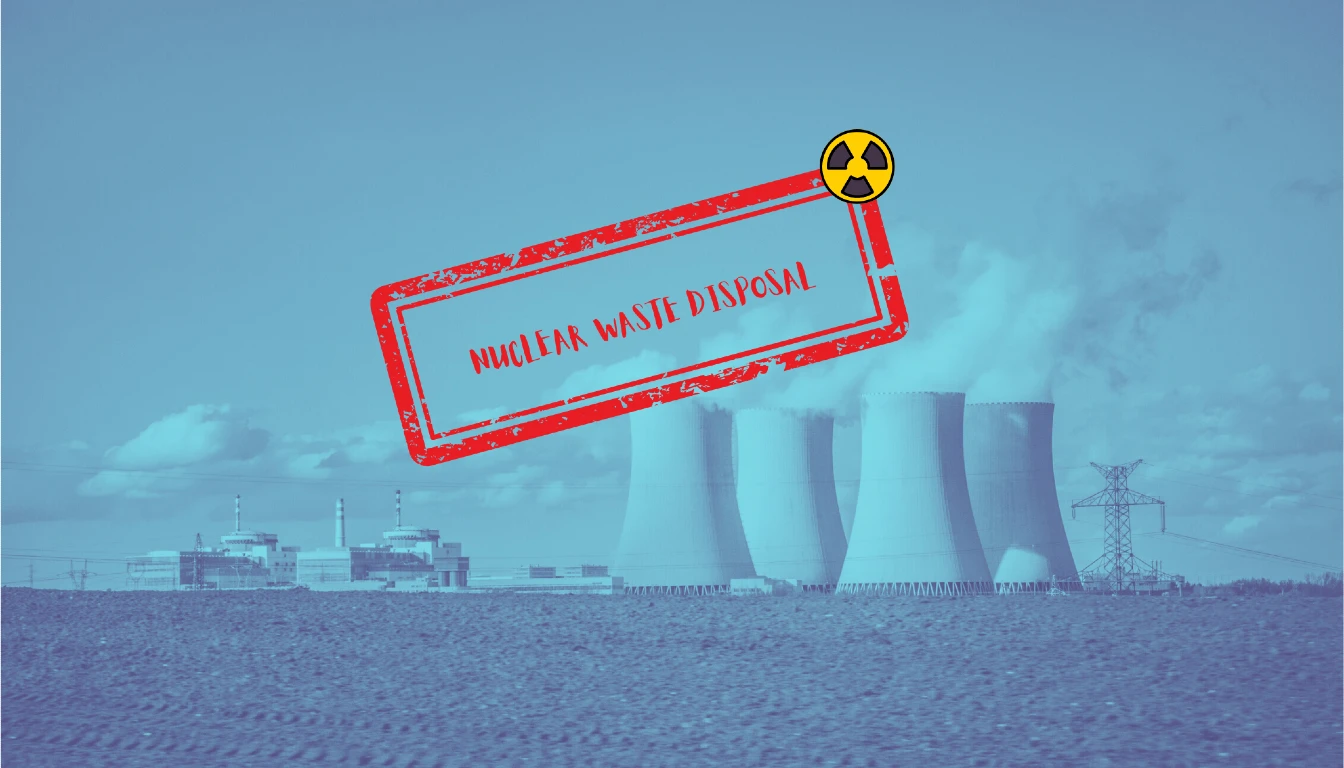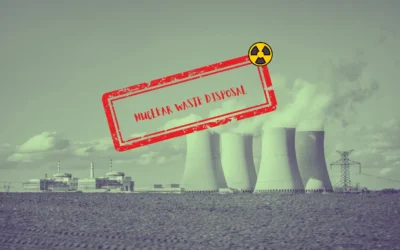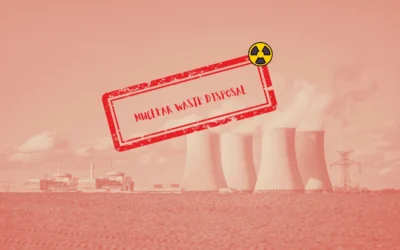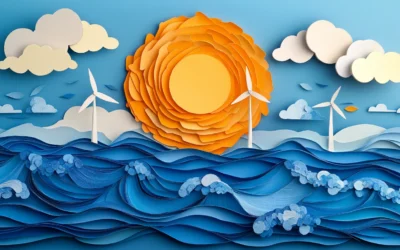Opinion by nuclear waste policy expert, Roy Payne
Nuclear energy is increasingly being viewed within the context of climate change – as a key source of large volumes of ‘always on’ low-carbon energy. However, opponents to a ‘nuclear renaissance’ contend there are no plans to deal with the waste generated.
That claim is a little misleading. Regardless of whether there will be a nuclear renaissance, every country already has a plan, or is working towards the same solution – geological disposal – for the nuclear waste that already exists. However, it is true that most geological disposal programmes around the world are slow-moving or stalled – in part because those claiming there is no plan are actively opposing the very plans they claim don’t exist.
The international community have agreed that geological disposal – entombing the waste deep underground, and allowing the rock to provide a natural protective barrier as the radioactivity decays – is the best available/least worst environmental solution to manage waste that remains toxic for 100,000 years.
More admirably, the international community have also agreed that selecting a site to entomb nuclear waste must be with the ‘consent’ of the community hosting such a facility. This approach can enhance transparency and accountability, but how ‘consent’ is interpreted and implemented varies from country to country, driven by local social and political factors.
Countries with higher levels of trust in the political process, and of public participation in decision-making (eg Finland and Switzerland) tend to be more advanced in their plans than countries with low levels of trust in politicians, and multiple (often competing) tiers of government (eg UK, USA). But during 2025, progress is anticipated in every country with, or considering, nuclear power.
A quick tour of the world reveals:
- Finland is the perceived global leader, with construction of its underground facility already underway
- during 2024 Switzerland and Canada announced, after years of geological investigation and community discussions, the locations of their respective sites – joining France and Sweden, who had already identified their sites
- Japan and the UK are in discussions with several communities, and conducting initial geological surveys
- Germany is assessing geological viability to narrow discussions with communities in those areas with appropriate geology
- EU countries are developing their own plans, with some seeking to share a facility, but no specific sites have yet been identified
- China and Russia are selecting locations in remote and largely uninhabited areas, with China building an underground laboratory as a precursor to building a full facility
- Taiwan and South Korea are revisiting their legislation and revamping their policy approach
- emerging nuclear states in Africa, Asia, Middle East and South America (eg Kenya, Nigeria, Philippines, India, Saudi Arabia, Argentina) are drafting regulations and legislation for the disposal of nuclear waste in preparation for proposed nuclear plants
- the United States has the world’s only operational geological facility (purely for defence nuclear waste), but requires new legislation to refresh a siting process for civilian waste, with increasing effort in successfully building a bipartisan congressional consensus – although the incoming Trump Administration’s approach is not yet clear, the influential Project 2025 programme supports geological disposal and recognises the urgent need to make progress.
Geological Disposal Sites
- USA World’s only current operational geological disposal facility, but only for weapons waste, in Carlsbad, New Mexico. Called WIPP (Waste Isolation Pilot Project).
- Finland Construction started of the Onkalo facility, on south-west coast of Finland.
- Sweden Preparing for construction of facility after community of Osthammar, a small coastal community north of Stockholm, agreed to host the repository.
- France Laboratory 500m underground built to assess geology ahead of construction, in Bure, in the North East of France.
- Switzerland After 14 years of geological assessment and community discussions, site selected in 2022, at Nördlich Lägern, just north of Zurich.
- Canada Ignace, in rural western Ontario, selected in 2024 after local First Nation agreed to move to the next stage of analysis.
So, from even this brief summary world tour, it should be clear that the long-term management and disposal of nuclear waste is being actively considered and acted upon around the globe. The technical solution is available to us, now. However, local social and political factors will determine the pace at which individual national geological disposal programmes move forward – and will also affect how new nuclear programmes advance.
It is this last factor – the sociopolitical dimension – that these waste disposal programmes now need to develop further. Technically, it can take 20-30 years to geologically assess a site in order to build a robust environmental and safety case — and that long as well, from a sociopolitical perspective, to build public understanding and trust.
However, the debates in every country about whether to expand nuclear power are inextricably interwoven with how to dispose of the waste generated. Public opinion may end up opposing new nuclear power, to cease adding to the stockpile of existing nuclear waste — but we still need to address responsible and safe disposal of that waste which already exists. It is worth noting that Germany, the only major economy which has renounced future use of nuclear, is the only country in which the national Green Party supports geological disposal (of existing, legacy waste).
These are long-term decisions, which this generation needs to start taking, otherwise we will simply pass the burden, as has been passed to us by previous generations. Regardless of whether nuclear is part of the future energy mix, we have a financial, environmental and intergenerational responsibility to start cleansing the planet surface of the nuclear waste that already exists.




